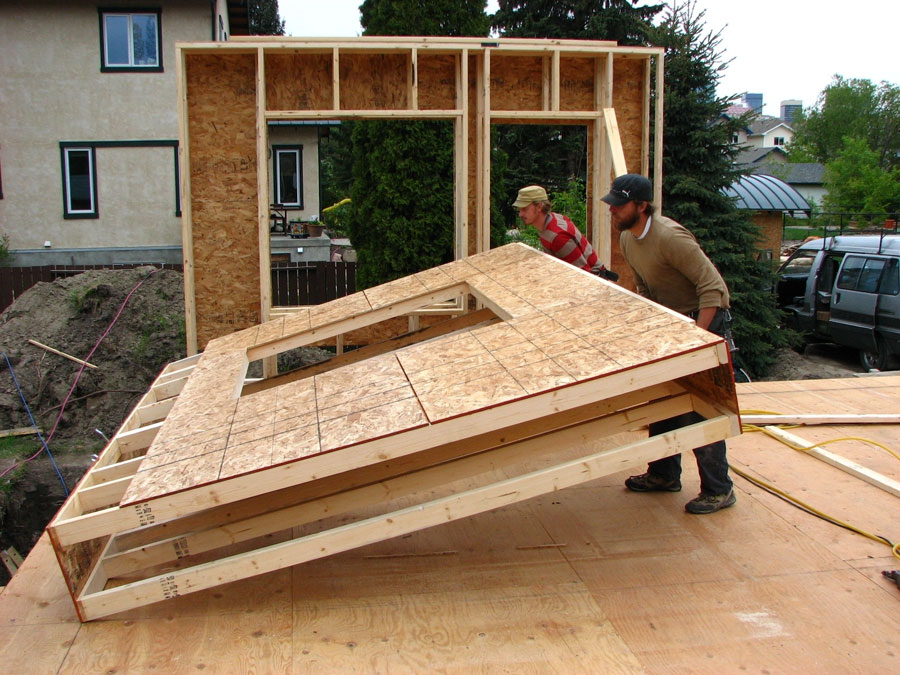Green building is the next step in quality.
Green building is an approach to construction that can be applied to public and commercial buildings as well as the houses we live in. It guides every step of design and construction, from choosing a building site to installing a heating system. Green building is alternately described as “sustainable” building, and ultimately this may be a more accurate way of looking at it.
Green buildings are as varied as the people who live in them. There is no single template for a green house. But even though green houses may look different from the outside, their designs are based on three broad principles:
Energy efficiency. The house uses as little energy as possible. Whenever feasible, renewable forms of energy should replace fossil fuels, which by definition are not renewable.
Conservation of natural resources. This broad objective recognizes that resources are finite. There is only so much timber, ore and water to go around, and what resources are available to us should be used thoughtfully. Seen through this lens, durability, low environmental impact and low maintenance all become important attributes for a house.
Excellent indoor air quality. Green homes are designed to be healthy houses. A green home shouldn’t have moisture, mold, or radon problems. Building materials, furnishings, paints and finishes should not contribute toxins and irritants to indoor air. Even with clean air though, houses need mechanical ventilation that assures a steady flow of fresh air.
When we see an Energy Star label on a new refrigerator or washing machine, we recognize it as a good thing. Green isn’t that simple. But understanding the principles behind sustainable building helps us make appropriate decisions about the houses we build.
Learn more:
Weekly Newsletter
Get building science and energy efficiency advice, plus special offers, in your inbox.











0 Comments
Log in or create an account to post a comment.
Sign up Log in